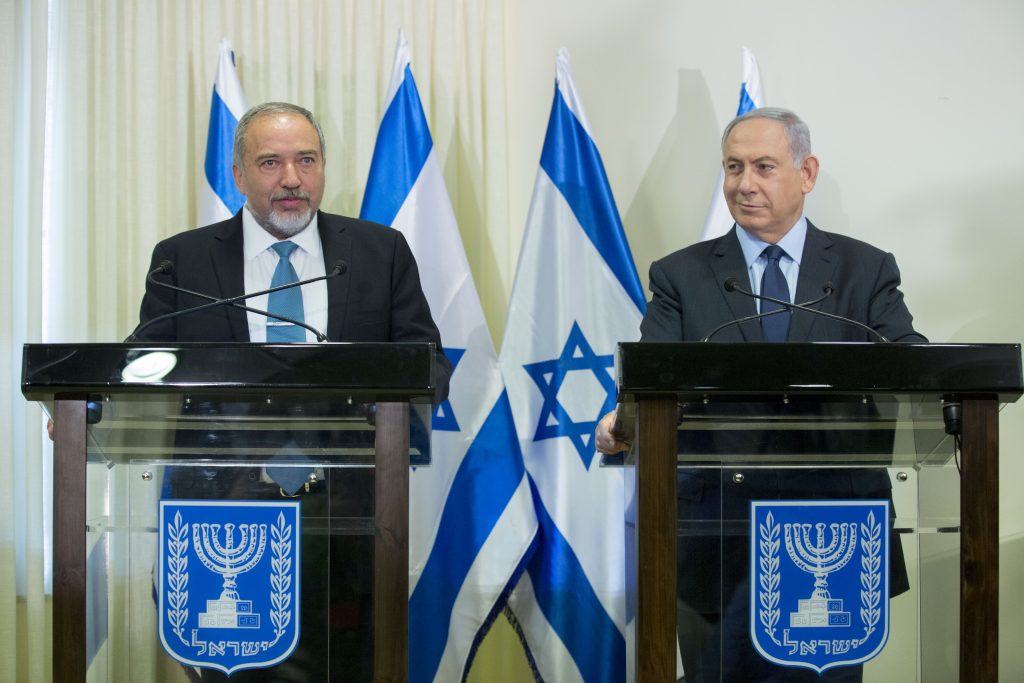
The group gained momentum due to their response to the Great Depression, World War II, and the Italian invasion of Ethiopia. In 1919 in Harlem, New York the Commandment Keepers of the Living God (also known as the Royal Order of Ethiopian Hebrews) began assembling under the leadership of Rabbi Wentworth A. Cherry moved the church from Chattanooga to Philadelphia in 1915 and remained the leader of the church until his death in 1965 after which, his son Benjamin Cherry took over as the leader. Cherry also taught Blacks were of the lineage of Jacob and God hated White Jews because they rejected Jesus while using Revelation 3:9 as his proof text. Cherry claimed his call to ministry was given by God to make Blacks aware that their true religion was indeed Judaism. Cherry’s doctrine focused on the blackness of Adam, Eve and Jesus while arguing the white/white Jews altering of the blackness of biblical figures to fit their purposes. Cherry organized the Church of the Living God, Pillar of Truth for All Nations in Chattanooga, TN. Crowdy remained the leader of congregation until his death on Augafter which Bishop James M. Crowdy began to preach new revelations that God gave Him known as the “Seven Keys” that make up the doctrine of the COGASC. The first known leader to organize a movement around the connection between American slavery and the Israelite narrative recorded in the Bible was William Saunders Crowdy.Ĭrowdy, a Civial War veteran established the establishing of The Church of God and Saints in Christ (COGASC) in 1896. In 1800 he helped his brother Gabriel organize what is now known as Gabriel’s rebellion. One of the first preachers known to harmonize the American slaves with the biblical account of the Israelites was Martin Prosser, a slave preacher in Richmond, VA. The Founders: Most groups that identify themselves with being Black Hebrew Israelites residing in America trace their inception back to the Pre-Civil War era of American History. This section will be longer than others as I’ve attempted to consolidate several different movements under the term Black Hebrew Israelite while giving each respected entity recognition for it unique nuance and history.

Heads up: since there is no “one set of beliefs” that all Black Hebrews, Black Hebrew Israelites, and Hebrew Israelites fall under, this blog will highlight a few of the movements that are often identified as having similar beliefs.

By: D.A Horton (Article Originally Posted on on Sept.


 0 kommentar(er)
0 kommentar(er)
